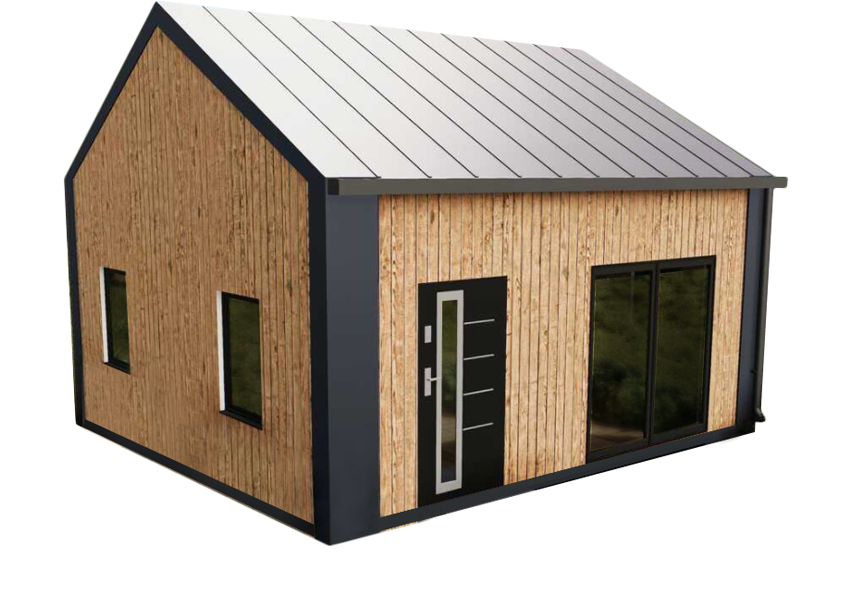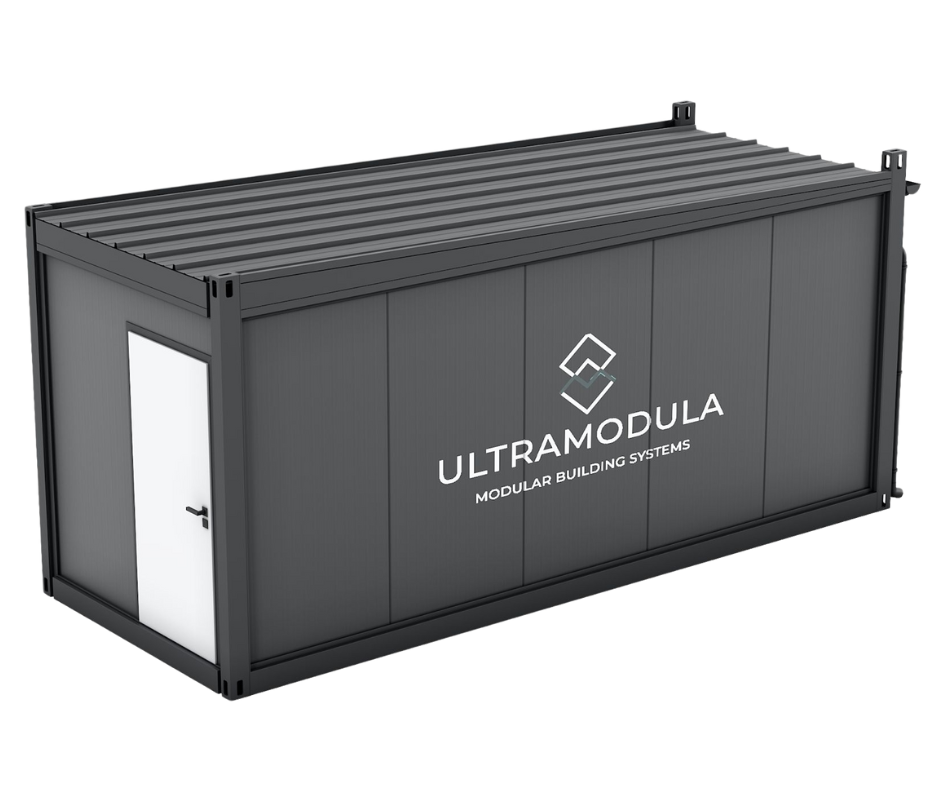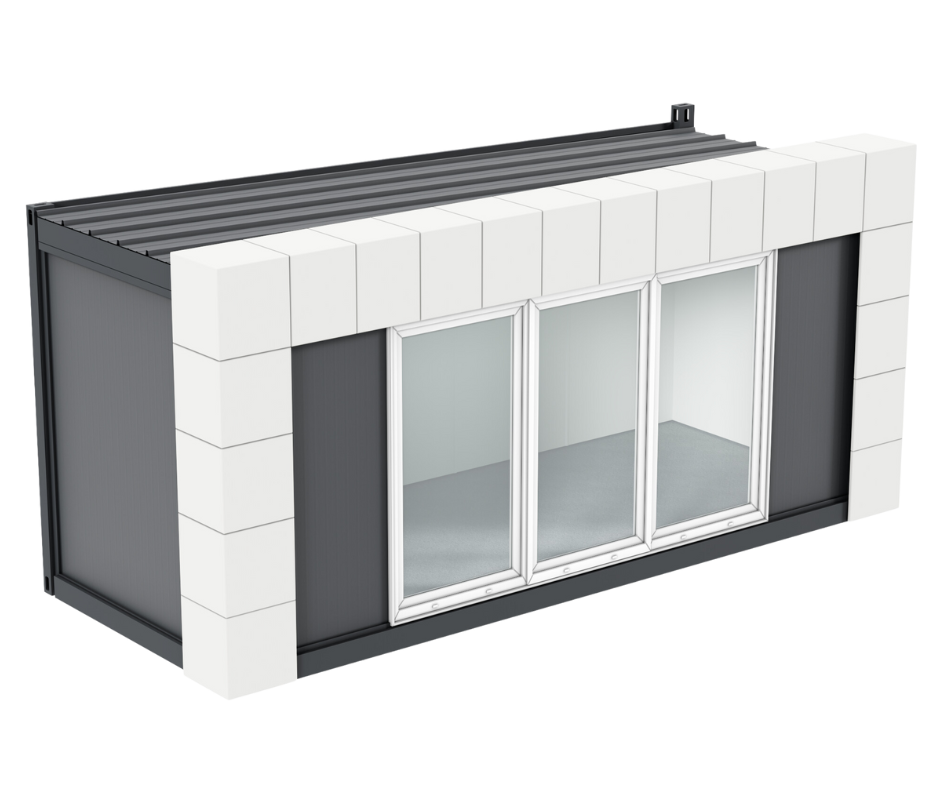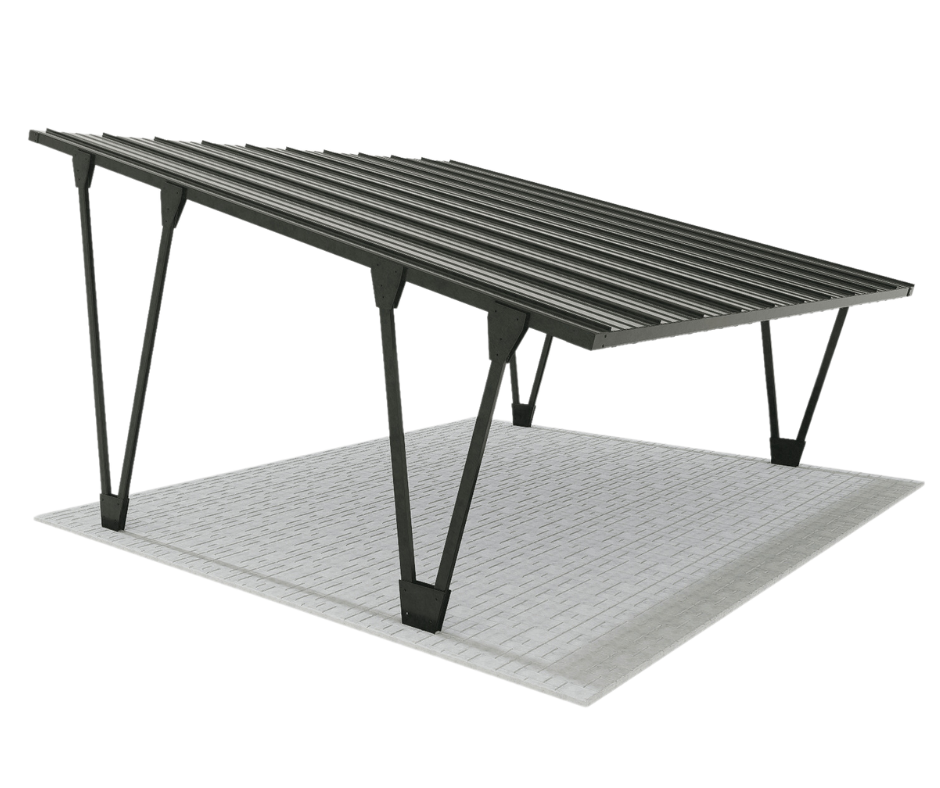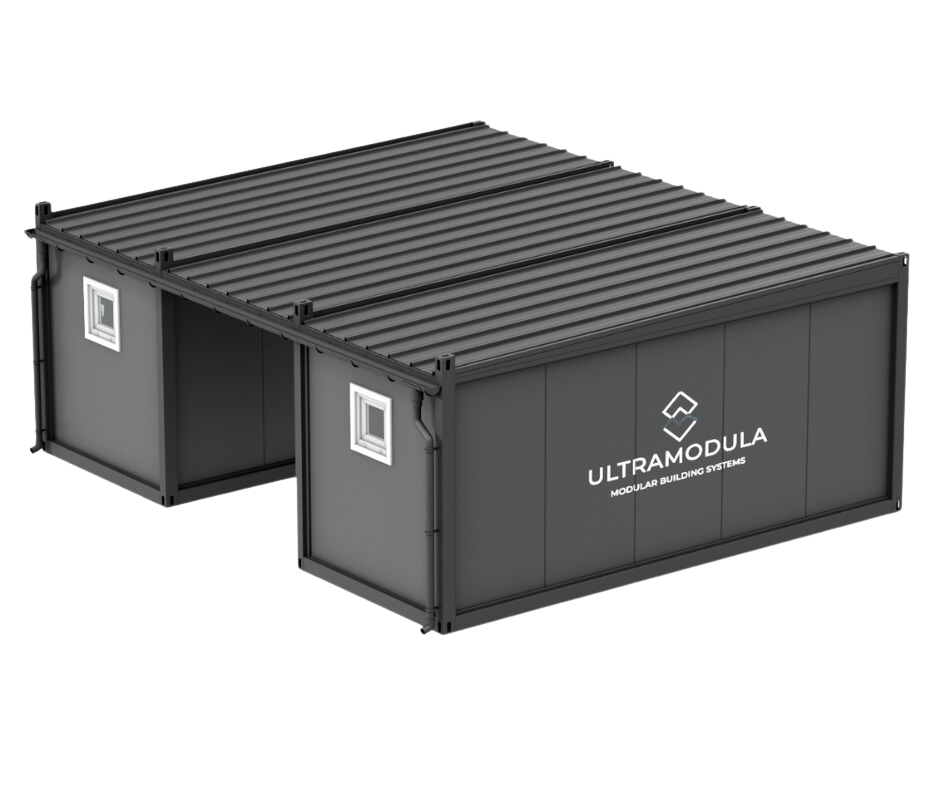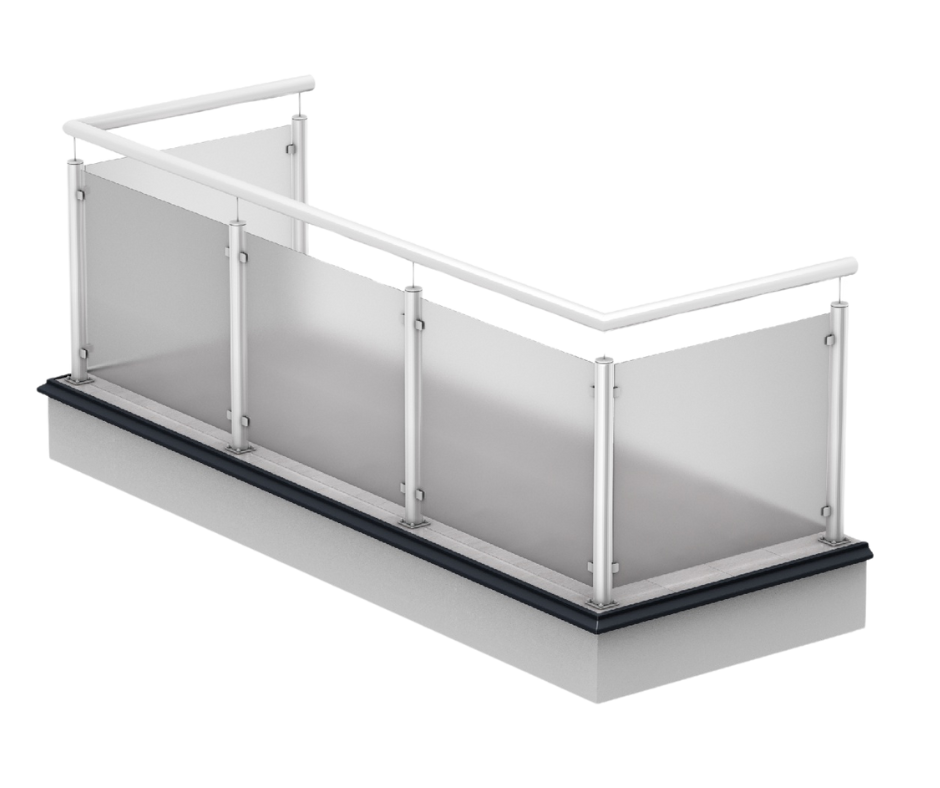
Smart home technologies in containers residential
The dynamic urbanization process occurring around the world in recent decades has translated into a significant increase in demand for housing and infrastructure in urban areas. However, traditional methods construction they encounter numerous barriers, including high costs of materials, labor and long time construction and limited space available. In response to these challenges, many innovative approaches to construction have emerged, and construction has become one of the most popular solutions container.
Containers, which previously played a role only in transport and logistics, have become a panacea for many problems in the construction industry. They are economical, durable, compact and characterized by quick production and assembly times. But that's not all. Thanks to modern smart home technologies residential containers are gaining even more popularity, providing residents with high comfort of everyday use. Combining the advantages containers apartments with the possibilities of smart home technology, you can create innovative solutions that have a chance to revolutionize the housing market.
Advantages of residential containers
One of the most important arguments in favor containers residential is, of course, the price. Comparing them to traditional buildings, it is impossible not to notice much lower costs both in construction and subsequent maintenance. It is worth emphasizing, however, that a lower price does not mean a lower standard. Containers residential offered by renowned manufacturers ensure a high level of comfort and functionality, making them an attractive alternative to traditional apartments.
Robust construction
High-quality residential containers are characterized by careful thermal and acoustic insulation. Renowned manufacturers pay special attention to this aspect: the key element of effective thermal insulation is the appropriate thickness of the wool used, which should be approximately 100 mm - this detail is worth analyzing in detail when analyzing the technical specifications of the product. An additional insulating layer is a laminated board installed from the inside. It is usually available in white, which not only brightens the interior, but also gives residents freedom in arranging their living space.
It is worth emphasizing that the roof structure plays an important role in maintaining the appropriate temperature inside container residential. Therefore, manufacturers use similar solutions as for walls, using mineral wool with a vapor barrier foil. Effective insulation The roof is of great importance not only in winter to provide warmth, but also in summer to avoid unpleasant heat inside residential container. Careful thermal insulation is a key element ensuring the comfort of residents all year round.
High standard and functionality
Despite their compact size, residential containers are designed with the comfort of residents in mind. Ergonomic solutions allow for optimal use of available space, so users can enjoy maximum comfort in a minimum of space. The containers can be equipped by the manufacturer with all the elements of a conventional apartment. The basis is, of course, the bathroom and the kitchen (usually in the form of an annex) and the entire heating system. These are electric heaters, power adjusted to the volume of the container. Each facility is also equipped with a fully functional electrical installation and lighting. LED lighting is increasingly used in residential containers, which has many advantages. This is not only an economical solution in terms of energy consumption, but also gives residents the opportunity to choose the light color that suits their personal preferences. For living rooms such as the bedroom, it is recommended to use shades of warm lights, which creates a cozy atmosphere. However, in the bathroom, cold light works better.
Individual arrangement
Residential containers offer residents a unique opportunity to individually arrange the interior according to their own preferences. Space flexibility is the key to creating a comfortable and cozy apartment that reflects your personal lifestyle and aesthetics. The interior can be divided into zones, such as a bedroom, living room or kitchenette, which allows for a clear separation of functions and creation of an optimal spatial arrangement.
Short delivery time
One of the most significant advantages habitable containers there is a short project implementation time. This not only speeds up the process of moving into a new place of residence, but also allows you to significantly reduce the costs associated with long-term apartment rental.
Standard construction process house or multi-apartment building usually takes about 1,5-2 years. In the case of buildings container the implementation time is much shorter, often even impressively short. Building a small house based on this technology is usually a matter of several weeks, or sometimes even just days. It usually takes the most time to adapt the interior layout to the individual needs and expectations of the investor. After ordering the matching option, just wait for production. During this time, you need to prepare the foundation from ready-made foundation blocks, but it will certainly not take longer than 1 day, and install the appropriate electrical and water installations. Residential containers are placed in the indicated place using a crane or HDS, and it takes literally a dozen or so minutes.
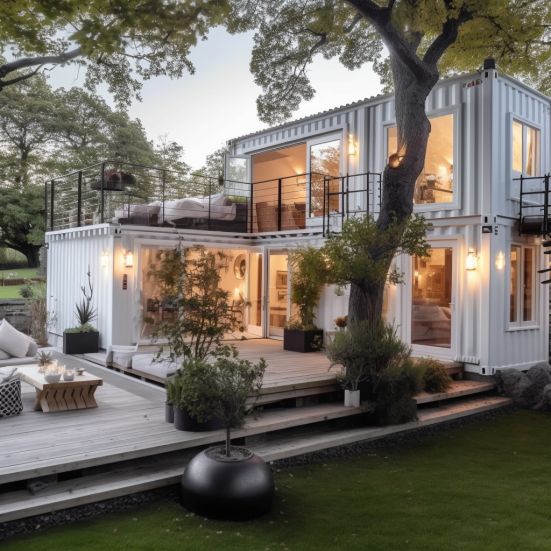
Home from containers
Smart home technologies – some facts
What really are smart home technologies that have gained popularity around the world over the last few years? To put it very simply, it is simply a set of solutions (applications, software, devices) that allow you to remotely manage various aspects of life at home or in... container residential. These advanced systems connect various devices such as lighting, heating, ventilation, security systems and much more, allowing them to be controlled and monitored using smartphones, tablets or computers. This means that container inhabitants can adjust the conditions of their surroundings to their preferences and significantly increase the efficiency and comfort of life.
Convenience and security
Smart home technologies can have a significant impact on the lives of users of residential containers. First of all, they allow you to automate many everyday activities. For example, lighting management systems can adjust the type and intensity of light to the time of day, which not only improves comfort when performing daily activities, but also contributes to energy savings. For service containers, intelligent air conditioning and ventilation systems can adjust temperatures depending on load and external conditions, which can lead to significant savings in operating costs.
Another aspect of the impact of such technology is the increased level of security. Container inhabitants can monitor their place of residence using cameras or motion sensors, as well as remotely control alarm systems. This gives them peace of mind that their property is protected even when they are away from home.
Energy savings and ecology
Smart home systems allow for more effective management of energy consumption. Residential containers equipped with intelligent lighting, heating, ventilation and air conditioning control automatically adjust operating parameters to current conditions. This means that only as much energy is used as is actually needed, which translates into lower greenhouse gas emissions and, of course, lower utility bills.
Automatic control of lighting and electrical devices allows you to significantly reduce electricity bills. Smart home systems are able to turn off unnecessary devices and adjust lighting to changing times of the day, which leads to a significant reduction in energy consumption. Similarly, intelligent air conditioning and heating systems can adjust the temperature inside the container to current weather conditions, preventing excessive energy consumption. This is especially important in regions with extreme climatic conditions, where temperature control is crucial for the comfort and health of residents.
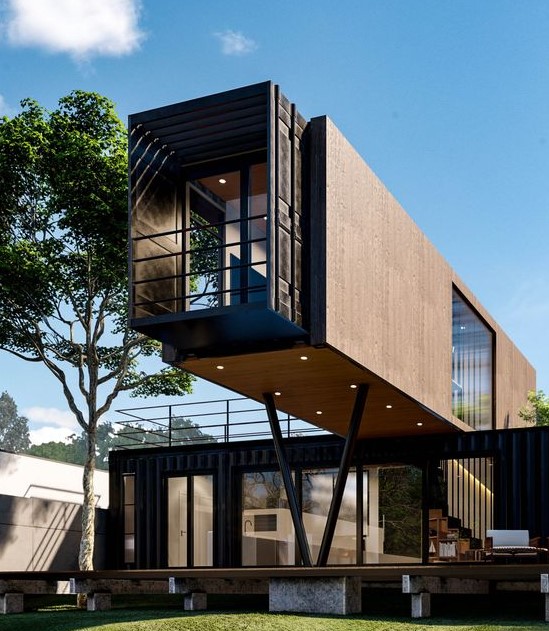
A house made of containers marine
Challenges related to smart home technologies in residential containers
As is usually the case with new technologies, there are some challenges associated with implementing smart home systems in containers - but with proper planning and design, these can be overcome.
Implementation costs
One of the main barriers faced by investors interested in implementing Smart Home technology in residential containers are the costs of implementation and adaptation. Although these technologies significantly improve the quality of life of residents, they require significant financial outlays at the beginning. The purchase and installation of appropriate equipment, sensors, management systems and intelligent software increase the costs of construction and adaptation containers. There is also a need to train residents to ensure full functionality and benefits of smart home systems. However, despite these challenges, long-term energy savings and increased living comfort can offset the initial implementation costs.
Systems integration
Another important challenge is the integration of various smart home systems in residential containers. If they come from different manufacturers and use different communication protocols, this makes effective cooperation between them a challenge. Investors must ensure that all components are compatible with each other. System integration also includes synchronization of devices such as lighting, heating, air conditioning, security and monitoring systems, as well as applications mobile controlling these elements. Ensuring smooth operation is a key factor in the success of implementing smart home technology in residential containers.
Data security and resident privacy
Last but not least, the challenge is to ensure the data security and privacy of residents of living containers equipped with smart technologies. These types of systems collect and process a lot of data, including information about the habits and preferences of residents. It is necessary to use appropriate security measures to protect this data from unauthorized access.
Modernity that gives comfort
In today's dynamic world, where comfort of life, energy efficiency and mobility play a key role, smart home technologies in residential containers are an innovative step into the future. Integration of smart home solutions in containers not only increases the convenience of residents, but also contributes to the sustainable use of natural resources and minimizing the impact on the environment. By including functions such as automatic lighting and air conditioning control, as well as monitoring systems in residential buildings, you can achieve a high level of energy efficiency. Smart home technologies in residential containers are an investment in a better tomorrow, the importance of which will grow as society increasingly strives for a sustainable lifestyle.

